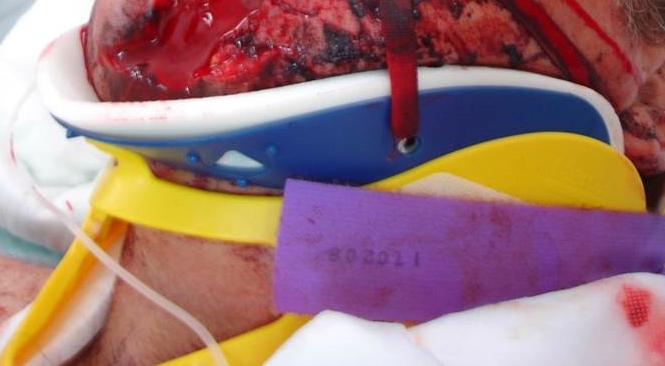Here is the article!
Pre-hospital spinal immobilisation: an initial consensus statement
Key points from statement:
- The long spinal board is an extrication device solely. Manual in-line stabilisation is a suitable alternative to a cervical collar.
- An immobilisation algorithm may be adopted although the content of this remains undefined – the statement reviews several guidelines/algorithims for screening low risk patients who do not necessarily require spinal imaging and immobilisation measures. The Canadian Cervical Spine Rule is strongly advocated but NEXUS is also cited. There is caution expressed that although cervical spine decision rules are useful they do not help rule out those with possible traumatic injuries to thoracic and lumbar spine. Overall although it is felt that a selective immobilisation strategy is best, no consensus is made on what the optimal method to do this is.
Quote from article:”The current lack of a clear consensus potentiates the risk of litigation,as no matter which guideline is used, expert witnesses will be found who will argue against it.”
- There may be potential to vary the immobilisation algorithm based on the conscious level of the patient.
- Penetrating trauma with no neurological signs does not require immobilisation.
- ‘Standing take down’ practice should be avoided. This specifically addresses a technique advocated in the PHTLS course curriculum
- In the conscious patient with no overt alcohol or drugs on board and with no major distracting injuries, the patient,unless physically trapped should be invited to self-extricate and lie on the trolley cot. Likewise, for the nontrapped patient who has self-extricated,they can be walked to the vehicle andthen laid supine, examined and then if necessary immobilised.
- Further research into effective, practical and safe immobilisation practice, and dissemination of this, is required


4 thoughts on “Pre-hospital spinal immobilisation: an initial consensus statement”